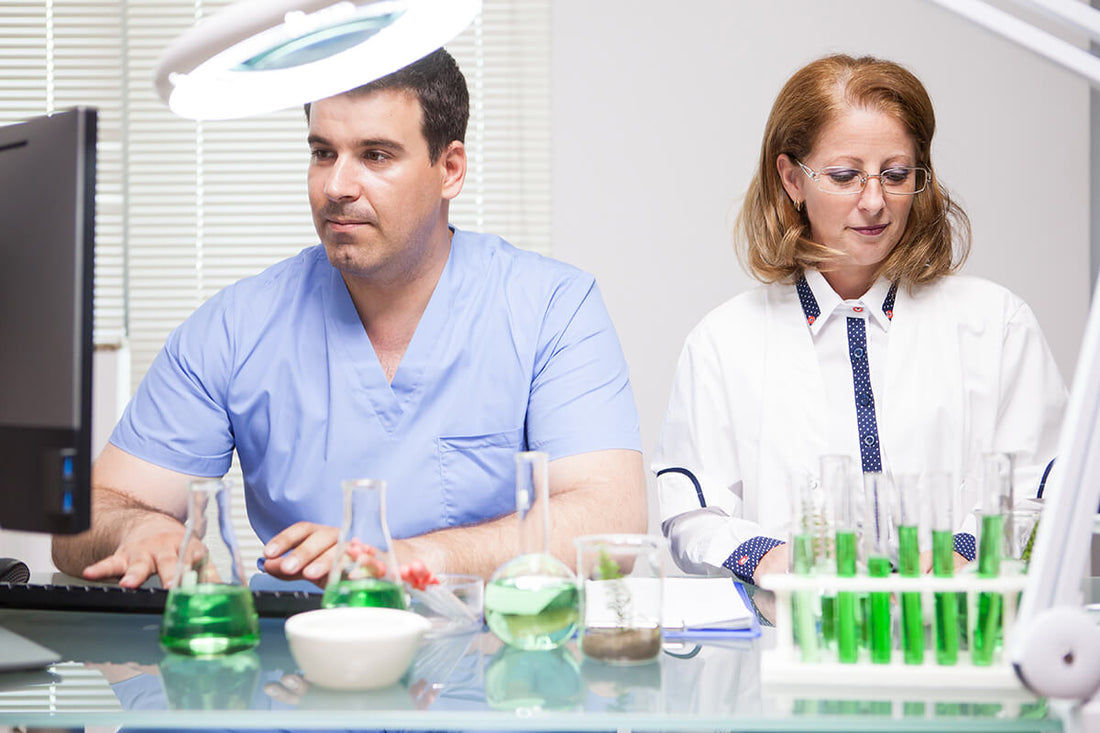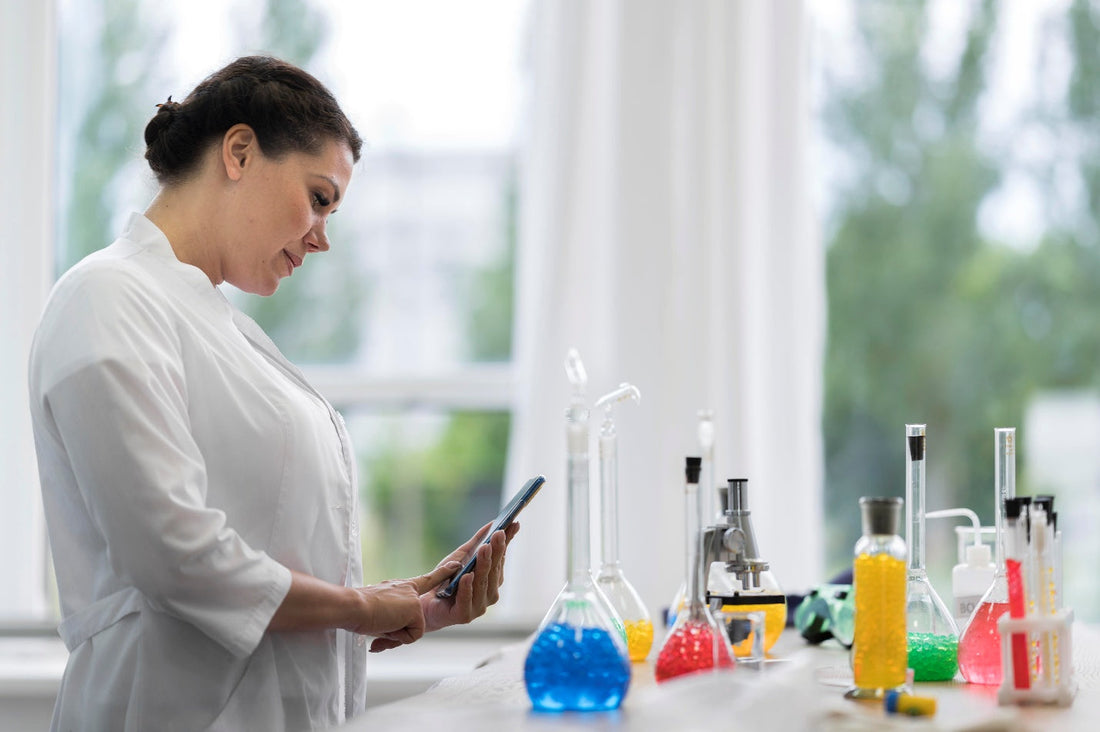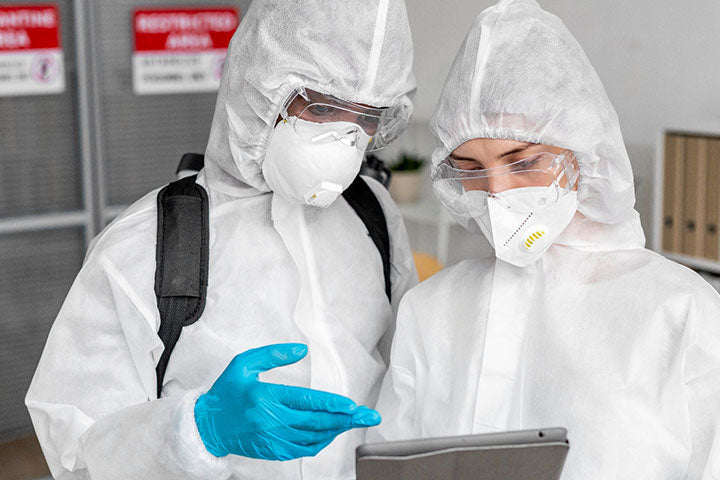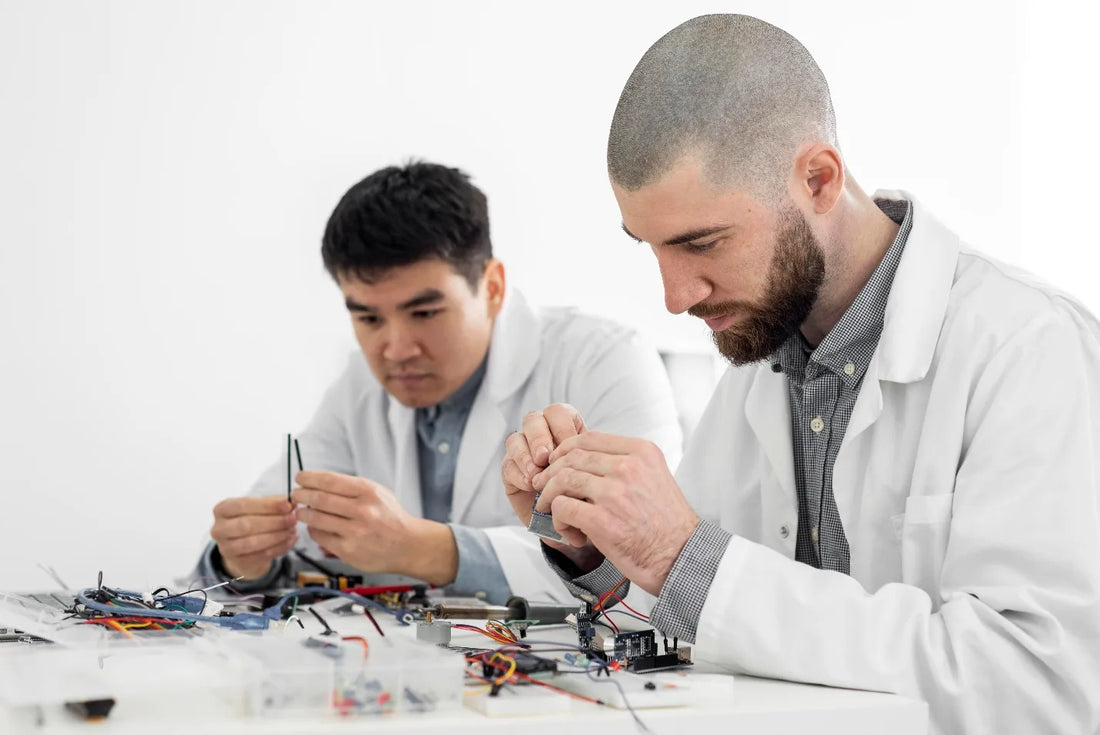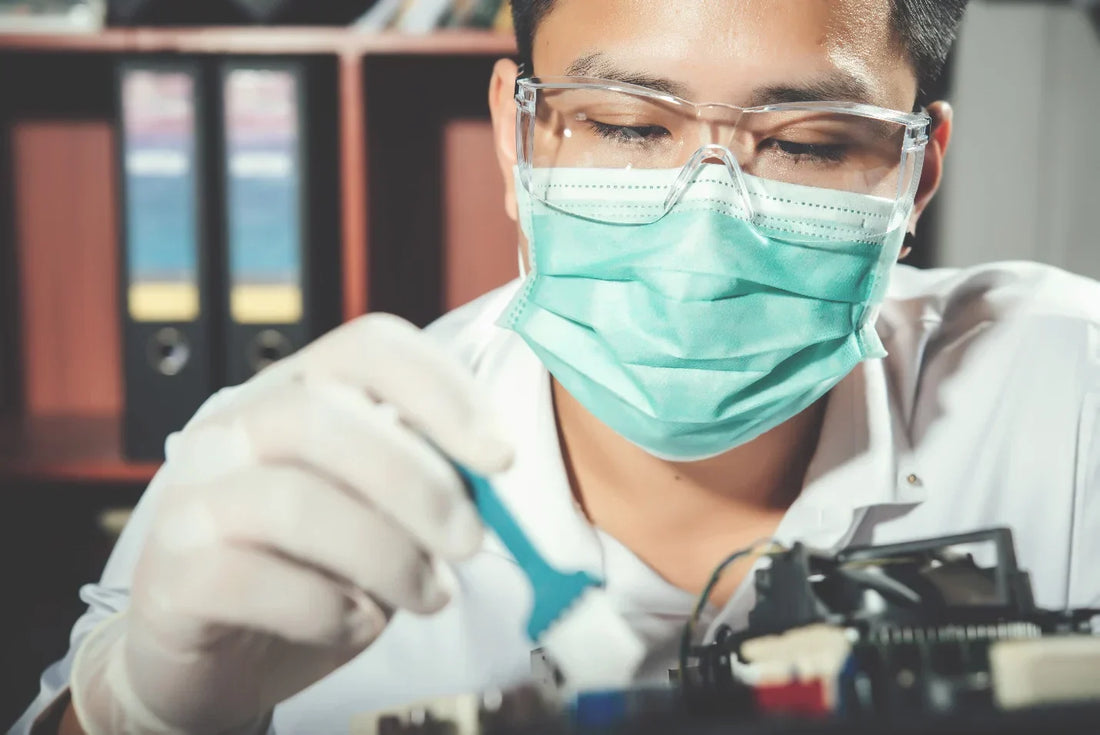Is a Used CO₂ Incubator Worth It? Expert Tips Inside!

Summary:
-
A CO₂ incubator is vital in labs for cell culture, tissue engineering, and microbiology applications.
-
New incubators offer advanced tech, warranties, and efficiency but are costly.
-
Used incubators are 30–70% cheaper, available faster, and give access to high-end models.
-
Used incubators may lack warranties, have higher maintenance risks, and shorter lifespans.
-
Buying used incubators is smart for tight budgets, short-term use, backups, or education.
-
You have to consider age, service history, key functions, and parts availability.
-
Prices range from $500 to $10,000+. Trusted sources include R&D Lab Equipment, LabX, EquipNet, and Thermo Fisher.
Introduction The Importance of a CO₂ Incubator in Modern Labs
A CO₂ incubator is essential for cell cultures, tissue engineering, and microbiological applications. They are designed to mimic the human body conditions by regulating temperature, humidity, and CO₂ levels. This control is crucial for maintaining the necessary environment for cell viability, making incubators indispensable in biological research and clinical applications.
However, despite their relevance and importance to scientific research, laboratory incubators are very expensive to get. Most lab owners go for used products instead. This guide examines the difference between used and brand new incubators and tips to ensure you get the best value without compromising performance.
What is a CO₂ Cell Incubator and How Does It Work?
A carbon dioxide (CO₂) incubator is a specialized piece of laboratory equipment designed to cultivate cells, tissues, and microorganisms in a controlled environment that mimics the human body. This equipment regulates temperature, humidity, and CO₂ levels to maintain a stable environment suitable for scientific research.
How It Works
At the core of an incubator’s function is its ability to create a controlled and enclosed environment for cell cultures and microbiological research. It does this through temperature control, humidity control, and regulating CO₂ levels.
Temperature Control
Laboratory incubators generally maintain a temperature close to the human body temperature of 37°C to 38°C. This ensures stability throughout the chamber, supporting cell growth and survival, and prevents fluctuations which can kill the cells.
Humidity Control
Precise humidity control prevents cells from drying out. Incubators maintain a relative humidity of 90% to 95%. This is achieved through water pans, steam generators, or atomizers. It prevents cell desiccation and helps maintain consistent nutrient concentrations.
CO₂ Levels and pH Balance
A laboratory incubator CO₂ monitors and maintains CO₂ around 5%. This helps keep pH level in an ideal range of about 7.2 to 7.5, which is suitable for most cell cultures. CO₂ interacts with the sodium bicarbonate in the medium, stabilising pH within the optimal range for cell growth.
3. New vs. Used CO₂ Incubators: What’s the Difference?
The purchase decision between a used and new incubator should not be taken based on price alone. You should carefully consider the differences between them and their functionality.
Features of New Incubators
-
Latest Technology: Modern incubators often include features such as advanced sensors (ultrasonic, IR), touch screen controls, better temperature and humidity control, and enhanced contamination prevention systems.
-
Energy Efficiency: Newer models are designed for better energy consumption, potentially lowering running costs.
-
Longer Warranty: New incubators typically come with full manufacturer’s warranty and service contracts.
Features of Used Incubators
-
Lower Cost: Used incubators cost 30% to 70% less than new models, making them a perfect option for labs with limited budgets.
-
Immediate Availability: Used incubators can often be purchased and installed faster than new units.
-
Access to High-End Models: Labs on a limited budget can afford high-end used models that may be otherwise out of their budgets.
-
Shorter or No Warranty: Older incubators are at risk of having zero or limited warranties. Before buying, ask for warranty and request maintenance records for a fuller picture.
-
Higher Maintenance Risk: Used incubators may require frequent servicing, calibration, and parts replacement sooner than new units.
The Verdict
While a new incubator offers long-term reliability and advanced features, used models are better for labs with a tight budget. Additionally, labs can get high-end used models at a cut-price, satisfying their needs for advanced features and functionality.

4. When is Buying a Used CO₂ Incubator a Smart Choice?
A used CO₂ incubator for cell culture is an excellent investment under the right circumstances.
When Budget is Tight
Most laboratories operate with limited funding, buying used incubators allows you to save money without compromising on functionality. A tight budget also does not remove access to top models. You can get access to high-end features from Thermo Fisher and Panasonic for less price in the used market.
For Short-Term Use or Backup
If your project is temporary or you need other equipment as a backup, buying new may be a waste of money and unnecessary.
When Immediate Availability Matters
New equipment sometimes comes with long lead times which can lead to downtime and prolong scientific success. If you need a quick delivery or have an urgent need, a used incubator presents a faster and more practical solution.
For Educational Purposes
Some teaching labs that don’t require access to top-of-the-shelf equipment may find used incubators a better option for their classrooms and laboratories.
5. Expert Tips to Evaluate a Used CO₂ Incubator
Before making a purchase here are some tips to ensure you’rre getting a reliable equipment:
Check the Age and Model
The average lifespan of an incubator is 10-12 years. Avoid equipment that are within this range unless they have been refurbished. Ask your seller for the year of manufacture and model number to verify the age of the incubator.
Review Service and Calibration Records
The service and calibration record of an equipment gives you a full picture of its current condition. The records should include a maintenance log, parts repair and replacement done, and filter changes. Don’t buy equipment without first seeing its service and calibration records.
Inspect the Interior and Exterior
Check for signs of rust, corrosion, and pitting inside the chamber. Physical damage can reduce the functionality and lifespan of the equipment.
Also, check the door seal for signs of wear and ensure water pans and shelves are intact.
Test Key Functions
Verify that the incubator can regulate and maintain temperature needed for cell growth and scientific research. Do some tests to verify temperature control at 37°C, confirm the condition of CO₂ sensors, and humidity levels. Also, ensure alarms and safety systems are working.
Confirm Parts Availability
Some used incubators may be cheap upfront but expensive to maintain. Ask the seller whether parts are still available for the model and confirm this availability before purchasing the equipment.
6. Pros and Cons of Buying a Used CO₂ Incubator
Buying a used lab incubator may be a cost-effective solution, but it’s crucial to weigh the pros and cons.
Pros
-
Cost Savings: A used incubator costs 30% to 70% less than a new model. This helps free up your budget for other lab essentials.
-
Reduced Environmental Impact: Reusing old equipment contributes to sustainability and reduces e-waste and damage to the environment.
-
Availability: Used incubators are readily available in the market, potentially reducing lead times compared to ordering a new equipment.
Cons
-
Hidden Maintenance Issues: Accumulated wear and tear on key components such as fans, sensors, or heating elements may lead to unexpected failures and performance issues, requiring costly repairs.
-
Limited Warranty or Support: Used incubators often come with limited or no warranty. And support for older models may be costly or scarce.
-
Outdated Technology: Older incubators may lack modern features such as advanced decontamination cycles, remote monitoring, or efficient humidity control systems.
-
Shorter Lifespan: Depending on its age, a used incubator may only have 3-7 years of reliable use left.
7. Trusted Sources to Buy Used CO₂ Incubators
When it comes to purchasing used incubators, choosing a trusted source helps reduce the risk of buying defective equipment. Here are some of the most reliable options to get trusted used equipment:
-
Specialized Lab Equipment Dealers such as R&D Lab Equipment, LabX, and American Instrument Exchange.
-
Manufacturers, such as Thermo Fisher Scientific, Memmert, Binder, and Nuaire.
-
Online Marketplaces, such as MedicalEXPO, EquipNet, and eBay.

8. How Much Should You Pay? A Look at Used CO₂ Incubator Prices
The cost of a used incubator depends on its brand, age, size, and condition.
-
Small benchtop units cost $500 to $2,000
-
Mid-Size Incubators: $2,000 to $5,000
-
Large or High-End Models: $5,000 to $10,000+
Conclusion
A used CO₂ incubator is an excellent choice for laboratories with a limited budget. While newer models have the advantage of advanced technology, better systems, extended warranty, and peace of mind, a carefully selected used incubator can also give you that at a fraction of the cost.
The key lies in smart decision making, such as buying from trusted sources, evaluating equipment before buying, and comparing pros and cons to determine the best for your specific project. Buying a used incubator also offers the advantage of reduced lead time, access to high-end brands, and keeping your lab functional without loss of quality.
If your lab is operating on a tight budget and you would like to know what options are open to you, Contact us now.
FAQs
1. What is the typical lifespan of a CO₂ incubator?
Most CO₂ incubators last about 10–15 years with proper care and routine maintenance. However, the useful life of a used incubator depends heavily on how well it was maintained.
2. Is a used CO₂ incubator safe for sensitive cell culture work?
Yes. If it has been properly refurbished, calibrated, and tested. Always review the maintenance history and confirm that key functions (temperature, CO2 levels, humidity, and alarms) are working before use.
3. What should I check in a used CO₂ incubator before buying?
Inspect the chamber for rust or corrosion, review calibration and service records, confirm parts availability, and test temperature and CO₂ accuracy.
4. Are Fisher Scientific CO₂ incubators good for cell culture?
Yes. Fisher Scientific CO2 incubators are widely trusted in research labs for their reliability, precision, and ease of use.
5. What is the average used CO₂ incubator price?
Prices range from $500 for small benchtop units to $10,000+ for large or advanced models, depending on the brand, age, and condition.
6. How to decontaminate an incubator?
Wipe the interior surfaces of the incubator with a clean and damp cloth. Avoid using abrasive or harsh cleaners as they can damage the interior surfaces. Instead, use a mild detergent or disinfectant solution recommended by the manufacturer.
7. What are the risks of incubators?
Once a contaminant enters an incubator, the warm, humid environment promotes further propagation. This can pose a risk to cultures if contamination remains undetected and regular cleaning and maintenance schedules are not implemented.
8. How to keep your incubator operating properly?
Check the incubator once per week and discard unused cultures. Remove anything stored on top of the incubator and clean the top of the unit every two weeks to remove dust.
9. What is the difference between a normal incubator and a CO₂ incubator?
A microbiology incubator keeps organisms at a specific temperature in the ambient air, and a CO₂ incubator also balances the pH of the culture.
10. How to sanitize an incubator?
Sanitize your incubator right after a hatch to prevent bacteria from growing in the warm, humid environment. A diluted bleach solution (1:100) is recommended. Avoid alcohol-based cleaners, which can damage the plastic.


